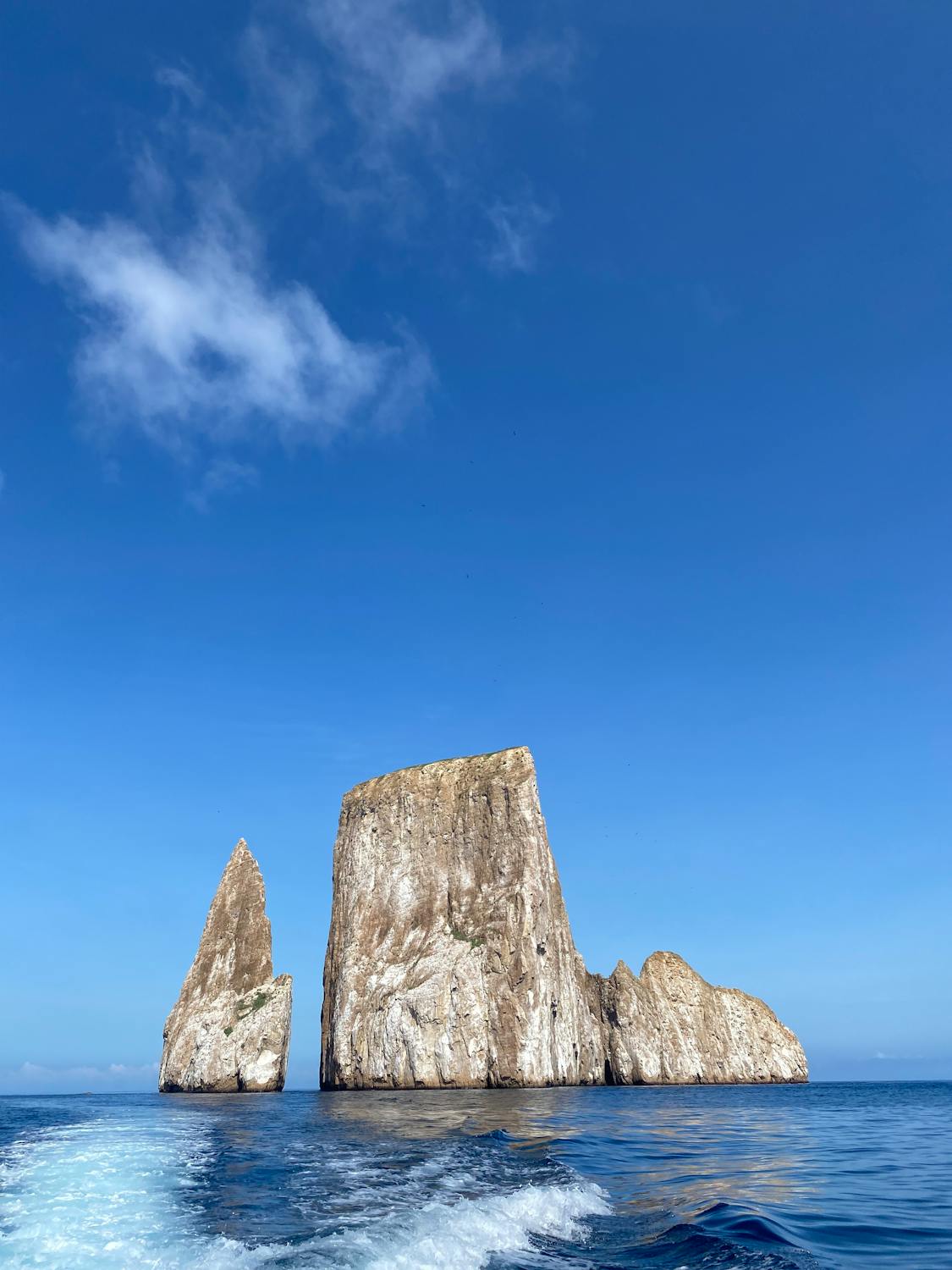Exploring the Unique Ecosystems of the Galápagos Islands, Ecuador

The Galápagos Islands, located approximately 600 miles off the coast of Ecuador, are renowned for their unique ecosystems and extraordinary biodiversity. This archipelago, consisting of 13 major islands and numerous smaller islets and rocks, has fascinated scientists, naturalists, and travelers for centuries. Its isolated location and volcanic origins have given rise to an array of species found nowhere else on Earth, making it a living laboratory for evolutionary studies.
Geological Origins and Unique Geography
The Galápagos Islands are of volcanic origin, formed over millions of years as the Nazca tectonic plate moved over a hotspot in the Earth's mantle. This geological activity has created a diverse landscape that includes active volcanoes, rugged mountains, and pristine beaches. Each island has its own unique characteristics, contributing to the overall ecological diversity of the archipelago.
One of the most striking features is the varied climate zones within such a small area. The islands experience both dry and wet seasons, with variations in temperature and precipitation influenced by ocean currents like the Humboldt Current and El Niño events. These climatic conditions create distinct habitats ranging from arid zones with cacti and scrubland to lush highland forests.
The geographical isolation of the islands has also played a significant role in species diversification. Many species on the Galápagos have evolved unique adaptations to survive in their specific environments. For instance, the marine iguana is the only lizard that can forage in the sea, while the giant tortoises have developed different shell shapes depending on the vegetation available on their respective islands.
Flora and Fauna
The Galápagos Islands are home to an astonishing variety of plants and animals, many of which are endemic. Among the most famous residents are the Galápagos finches, which Charles Darwin studied during his voyage on HMS Beagle. These birds have evolved various beak shapes to exploit different food sources, providing key evidence for his theory of natural selection.
Another iconic species is the Galápagos giant tortoise. These reptiles can live over 100 years and weigh up to 500 pounds. Their populations were once severely threatened by human activities but have been brought back from the brink of extinction through dedicated conservation efforts.
The marine ecosystems around the islands are equally impressive. The surrounding waters host a rich array of marine life, including hammerhead sharks, manta rays, sea lions, and numerous fish species. The convergence of warm and cold ocean currents creates nutrient-rich waters that support this incredible biodiversity.
- Galápagos Penguins: The only penguin species found north of the equator.
- Flightless Cormorant: Evolved with reduced wings due to lack of predators.
- Lava Lizards: Different species inhabit different islands.
Conservation Efforts
Conservation is a critical aspect of managing the unique ecosystems of the Galápagos Islands. The Ecuadorian government has established strict regulations to protect both terrestrial and marine environments. The entire archipelago is designated as a national park, with 97% of its land area under protection.
Efforts to preserve these ecosystems include controlling invasive species, regulating tourism activities, and conducting scientific research. Organizations like the Charles Darwin Foundation play a vital role in these initiatives by providing scientific knowledge and support for conservation projects.
Tourism management is another key component of conservation. Visitors to the islands are required to follow strict guidelines to minimize their impact on local wildlife. This includes staying on designated trails, maintaining a safe distance from animals, and adhering to waste disposal regulations.
Cultural Significance
The human history of the Galápagos Islands adds another layer to their significance. While they were uninhabited when first discovered by Europeans in 1535, they have since become home to a small population that relies on fishing and tourism for their livelihoods. The interplay between human activity and natural preservation continues to shape policies and practices on the islands.
Local communities participate actively in conservation efforts through education programs and sustainable practices. Initiatives such as eco-tourism provide economic benefits while promoting environmental stewardship among residents and visitors alike.
The cultural heritage of the Galápagos is also reflected in its literature and art. Numerous writers and artists have drawn inspiration from the islands' landscapes and wildlife, contributing to a broader appreciation of their natural beauty.
| Island | Unique Species | Notable Feature |
|---|---|---|
| Isabela | Galápagos Tortoise | Sierra Negra Volcano |
| Santa Cruz | Darwin's Finches | Charles Darwin Research Station |
| San Cristóbal | Chatham Mockingbird | Kicker Rock Formation |
| Fernandina | Marine Iguana | Punta Espinoza Lava Fields |
| Floreana | Pink Flamingos | Cormorant Point Lagoon |
The Galápagos Islands represent one of Earth's most remarkable natural treasures. Their unique ecosystems offer invaluable insights into evolutionary biology while presenting challenges for conservationists striving to protect them. These efforts ensure that future generations can continue to marvel at this extraordinary archipelago.
The balance between preserving biodiversity and supporting local communities underscores the complexity of managing such a unique environment. By maintaining rigorous scientific research, promoting sustainable tourism practices, and fostering local engagement in conservation efforts, it is possible to safeguard these irreplaceable ecosystems for years to come.
References: